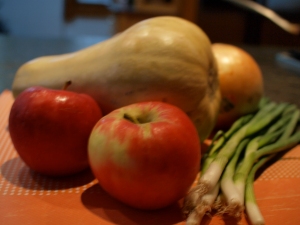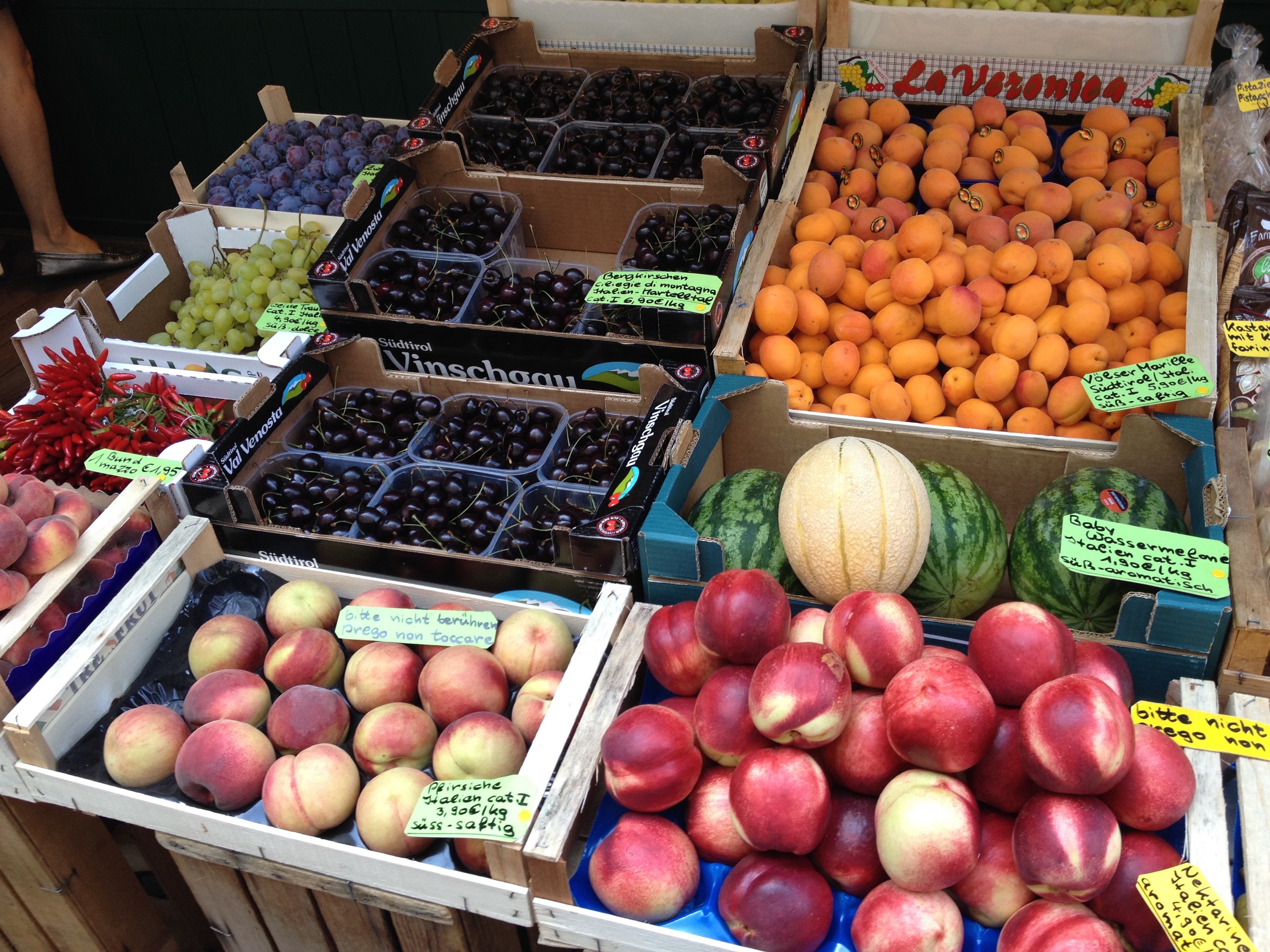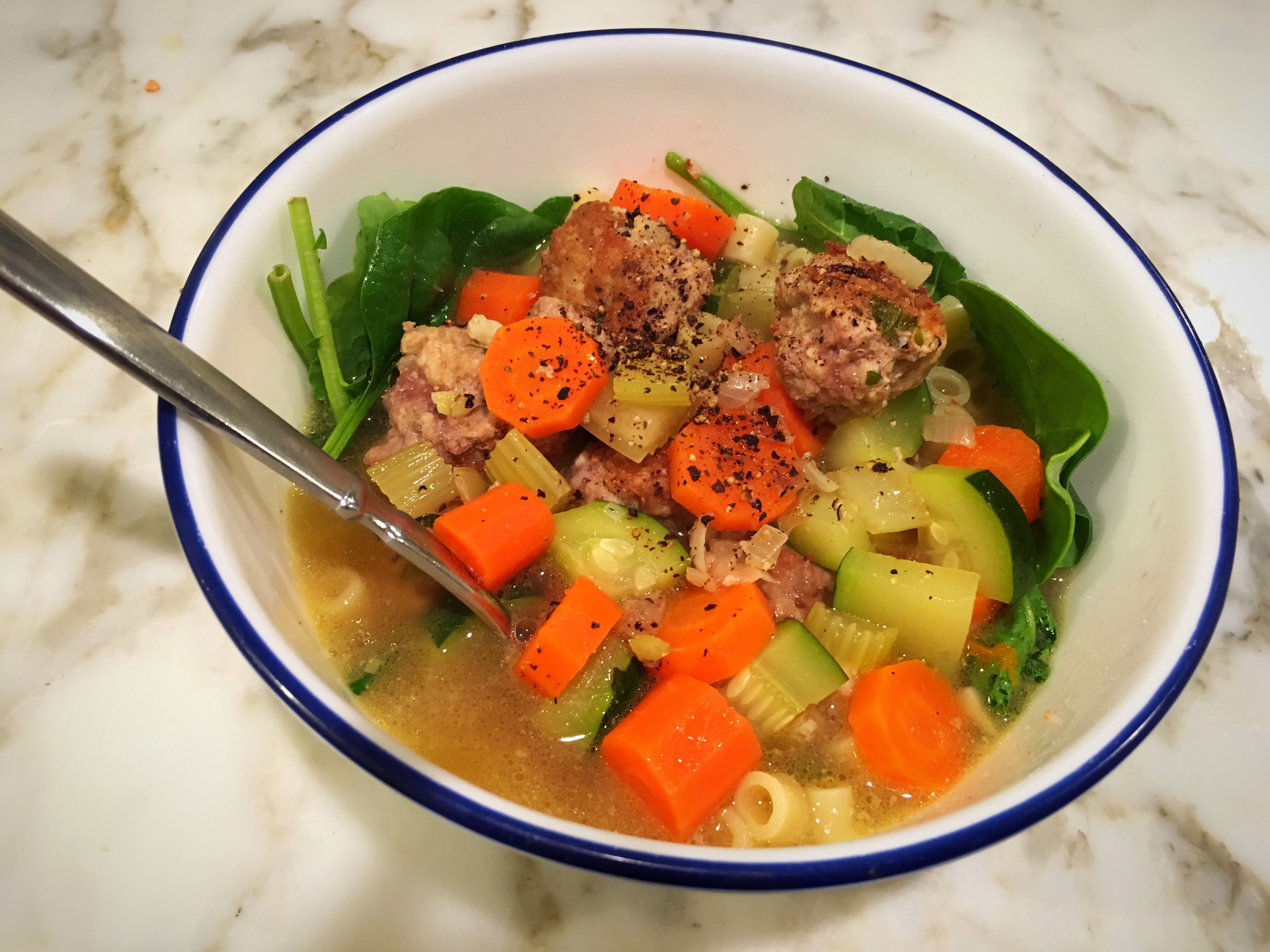The other night I was out with some friends, and one, who had never read my blog (gasp) asked if my recipes were “kid friendly.” Before I could answer, another friend joked, “Not unless you’ve got some junior foodies at home!” I guess she’s right; most of the dishes on this blog, while fairly simple, are not standard kid fare. Which, I have to admit, is somewhat intentional.

First, I doubt anyone needs another mac-n-cheese recipe. Plus, frankly, I like the idea of raising gourmet kids. That’s really not as obnoxious as it sounds, by the way. By “gourmet,” I don’t necessarily mean the kids are demanding white tablecloths and poached quail eggs with truffle oil and foie gras — although how cool would it be if they were (well, except for the foie gras)? What I mean by “gourmet” is simply someone with an appreciation of good food. Here is how Webster’s 11th defines it:
Now, is that such a terrible thing? Think about it. What if we raised kids who cared about things like “high-quality” ingredients? Besides it being delicious and really fun for your family, the the long-term effects of that could be huge — for the kids’ health, for the planet, even for the hungry. It’s been fairly well established that our typical American diet is too high in fat, processed carbs, salt, and sugar — and too low in vitamins, fresh produce, and whole grains. Not only is our bad food contributing to poor health and fatness, it is also bad for the environment and wasteful to produce.
If we could get kids to be “little foodies,” they might still want mac-n-cheese, but maybe not the processed kind that comes in a box. Maybe you’d make them whole wheat cavatappi with gruyere and nutmeg. Maybe they would help grate the cheese, which might mean they’d probably have a little less of it because their little arms got tired. While they’re grating, maybe you could talk about what the cow whose milk became the cheese ate on the farm. Maybe you could visit a farm. Maybe your kid would get upset about factory farming and refuse to eat processed junk (maybe). And so on… Perhaps it’s a stretch to say that if we raise kids to be gourmets, the world would be a better place. But maybe that’s the truth. I don’t know, but just the idea of kids knowing where their food came from and caring about its quality gives me hope for a greener, and much leaner, world.
So, right now you’re probably thinking something like, “This is so annoying!” Your kids hate all “exotic ingredients,” especially gruyere, which is expensive, by the way, and you don’t have time to boil water, let alone coach a kid on how to use a cheese grater.
“Well,” I say, “you don’t have to eat it all, but you do have to have a little.” Which appeased her for the time being. Sure enough, she didn’t like the soup, although she didn’t hate it either. And my son liked it well enough to finish a bowl. But she ate a little, plus her bread and crudites, and I know she won’t starve. I try not to get irritated when my kids are not being tres gourmet, which is most of the time (to be fair, my son is pretty adventurous). She saw me making the soup and my husband and I enjoying it, and I know, on some level, she gained something from that.
- Positively reinforce their strengths. All kids like something unusual. Instead of grouching about your kid’s refusal to eat asparagus risotto, praise him for liking artichokes and make sure he takes sufficient pride in his love of kumquats, sushi, or smoked duck.
- Don’t force feed them. This one is hard for me because I have an 8-year-old son who weighs 52 pounds. Still, there is seriously nothing worse than dinner-table battles. The rule in our house is, just try it. Studies show kids need to try new foods up to 15 times to develop a taste for them; we’ve got to be getting close with sauteed mushrooms.
- Don’t be a short-order cook. This (curried squash soup, asparagus risotto) is what’s for dinner. No, we’re not having pizza to go with it. I usually cut up lots of fresh veggies, and if they don’t like the dinner, they can eat veggies and maybe a roll or bread for dinner. Hasn’t killed them yet.
- Deconstruct. Sounds postmodern, but I think this really works. Lots of kids don’t like foods mixed together, so sometimes if I’m making, say, a salmon salad, I’ll make a platter with the salmon, vegetables, lettuce, etc. all in separate piles. Each kid can take what he/she wants, and then I toss the rest with dressing. This works for some pasta dishes, too.
- Make soup. This weekend’s butternut squash notwithstanding, my kids will eat a lot of foods they normally recoil from when they’re cooked in a soup.




I agree with you, Bevin, and as always, you’ve shared some wonderful ideas. Thank you!
Bevin-You are SPOT on with your assessment of how our kids should be eating! And you framed the issues to elegantly. When I lived in Italy, the best advice I ever received was “never make ‘kid’s food'”…meaning don’t cook separate meals, because that doesn’t raise healthy eaters.
one additional strategy I’ve found that works well-often overlooked in our over snacked kids-Hunger is the Best Seasoning.
Thanks Kate. It’s really an honor to hear from you. I love your book and website, and am a huge fan! Also, I wholeheartedly agree with what you said about seasoning: point number one in my family’s “food code” is Make it Delicious!
Great post. You should be writing for a parenting or cooking magazine!
Great information. I love your outlook on food and educating our kids about what is actually in what they are eating. It’s hard to feed kids things they’ll like and at that same time make then good, nutritious whole-food based type meals. Keep it up!
Just read this after we spoke. Great post. Will try that soup on the girls. Now I get it, commenting is fun!
Yep, it’s fun! Great talking to you today; I can’t wait to read your blog (and book)!
!I am lucky to have 3 kids who are generally adventurous eaters (thank goodness, because we have been traveling with them in Mexico and Pacific islands for a couple of years now, and the options for dinner are often unrecognizable- or sometimes all TOO recognizable!). The recommendations here really, really resonate with me. You put it so well! I echo the comment above, this belongs in a print publication.
Just introduced to your blog and can’t wait to read more!